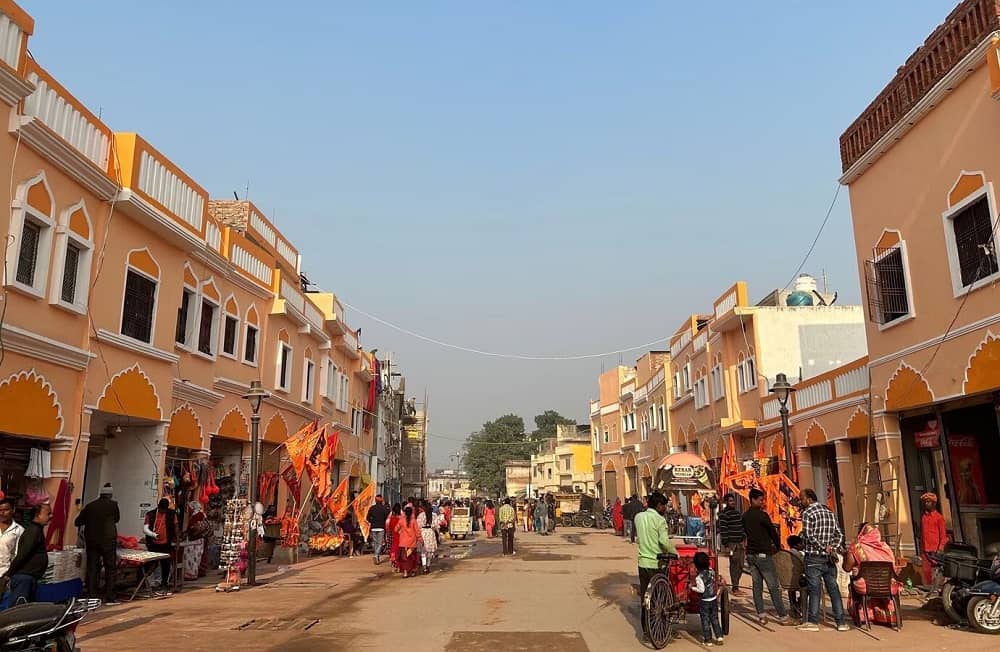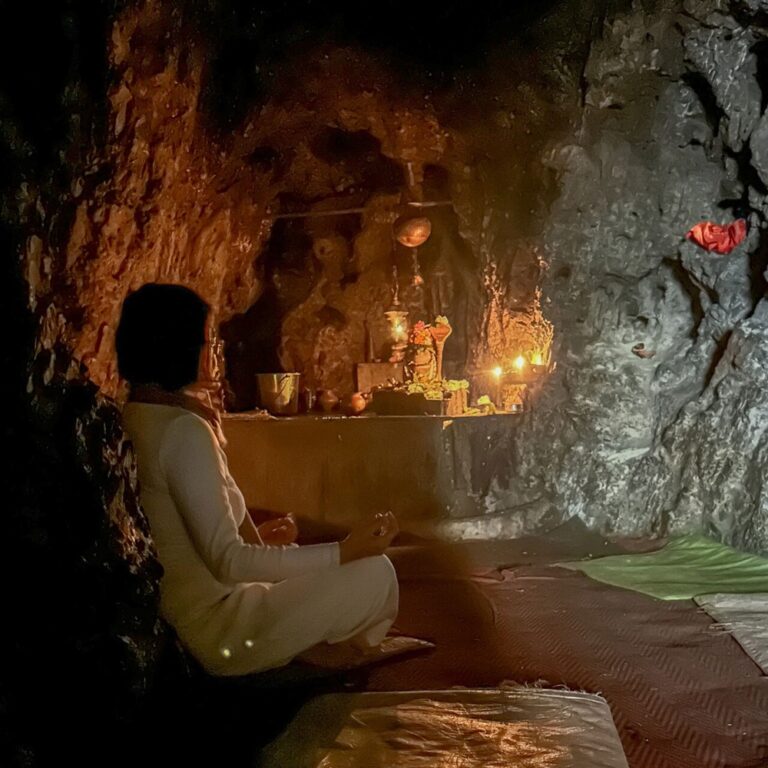Discover Papmochan Ghat Ayodhya: Where Sins are Cleansed
Ayodhya, a city that resonates with the echoes of ancient legends and timeless spirituality, is home to 14 ghats along the serene banks of the Saryu River. Among these. Papmochan Ghat Ayodhya stands as a testament to the spiritual richness and cultural heritage of this sacred land.
This ghat, steeped in history and faith, holds a unique place in the hearts of devotees, thanks to its association with Lord Shri Ram and its revered ability to cleanse sins. In this blog, we delve into the profound significance of Papmochan Ghat Ayodhya. We explore its history, religious importance, and the spiritual transformation.
Suggested Read: Places to visit at Ayodhya: A list of Top Attractions

1. Cleansing of Sins
Papmochan Ghat is not just a place; it’s a divine reservoir of purity and redemption. Pilgrims flock to its waters seeking forgiveness and spiritual rejuvenation. The belief that a dip in the sacred Saryu River here can absolve one’s sins is at the core of Papmochan Ghat’s significance. Bathing in its holy waters is thought to cleanse the soul, purifying it from the stains of past wrongdoings. This spiritual purification is especially sought after during the auspicious month of Magh.
2. Visit by Lord Shri Ram
The legend of Papmochan Ghat reaches its zenith with the association of Lord Shri Ram himself. Religious texts say that in the month of Magh, Lord Shri Ram comes to this sacred ghat to take a holy bath. We believe that even Lord Shri Ram cleansed his sins in the waters of Papmochan Ghat Ayodhya. This divine connection lends Papmochan Ghat an aura of unparalleled sanctity.

3. Sadguru Sadan Temple
Adjacent to Papmochan Ghat, you’ll find the Sadguru Sadan Temple, a place of profound spirituality. The temple houses a 500-year-old sin redemption statue of Lord Shri Ram. Devotees believe that worshipping at this temple can lead to the destruction of one’s sins, offering a path to spiritual elevation and inner peace. The temple serves as a beacon of hope for those seeking solace and redemption.
4. Historical Significance
Papmochan Ghat Ayodhya has a very old history, dating back to a time even before Lord Sri Ram. It was named “Karan” by Vashishtha Maharaj, who, through his deep spiritual practice, brought the Saryu River from Mansarovar. This historical lineage lends an air of authenticity to the Ghat’s significance.

5. Physical Transformation
The Padmapuran story adds a fascinating layer to Papmochan Ghat’s lore. It narrates the remarkable transformation of Shri Prayagraj, also known as Lord Shri Ram, who bathed at this ghat. The story speaks of how his originally black body turned fair after the bath. This Ghat offers the spiritual cleansing and purification to its seekers.
Conclusion
Papmochan Ghat Ayodhya is not just a physical location; it’s a spiritual sanctuary where faith meets history. It embodies the essence of cleansing, both physical and spiritual, and stands as a testimony to the enduring devotion of countless pilgrims. As people come to Papmochan Ghat Ayodhya, they believe that the ghat’s sacred waters can cleanse their sins and make their souls pure again. It’s a place of forgiveness for the past and a source of renewed faith for the future.











